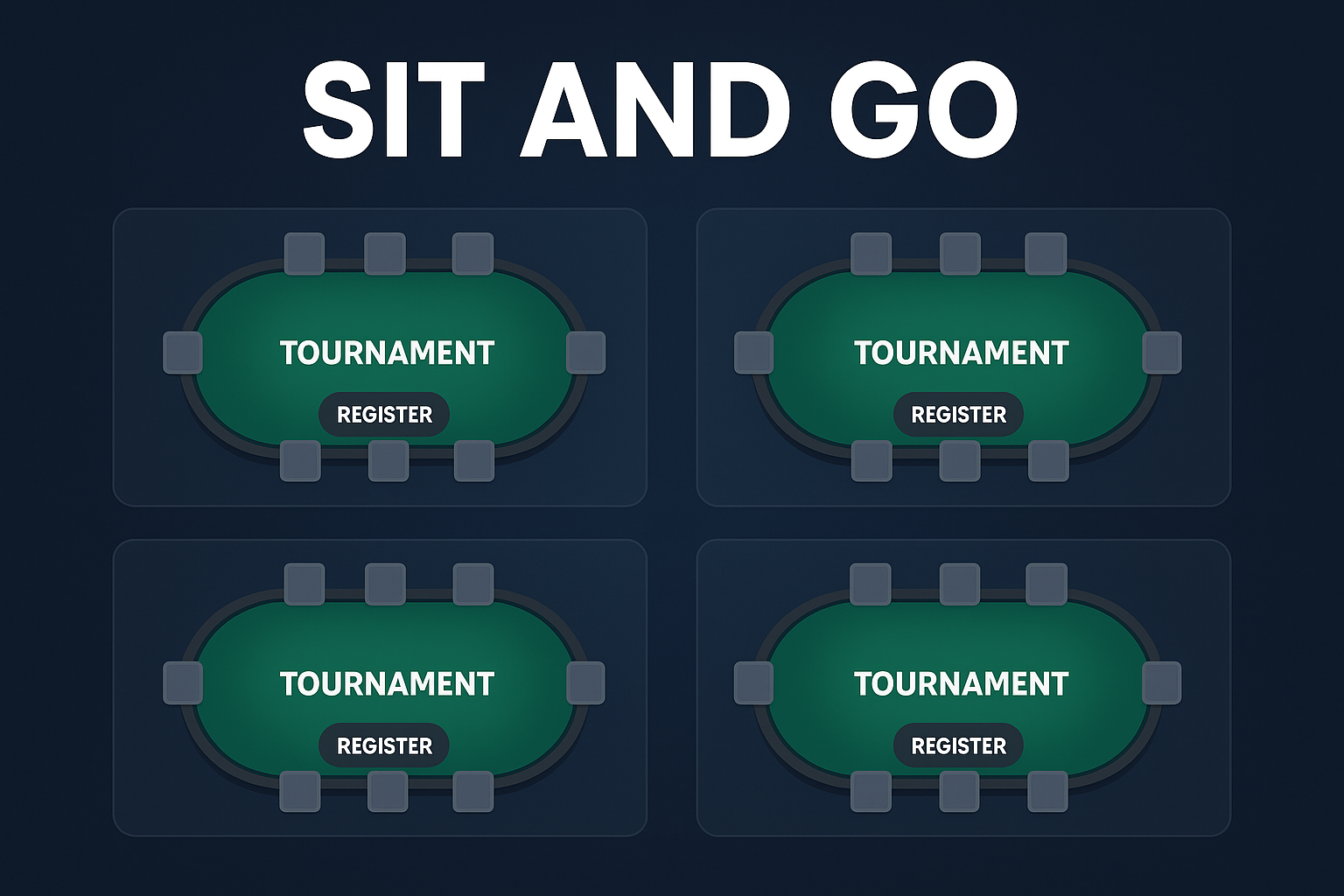Kadena (KDA) has made a remarkable closure in the history of cryptocurrencies as a project that set out with the goal of “enterprise-level blockchain infrastructure” but halted all its activities with a sudden decision by its team.
Founded in 2016 by Stuart Popejoy and Will Martino, engineers who left JPMorgan, Kadena aimed to create a scalable and secure proof-of-work chain that traditional finance had failed to achieve. Dubbed “Chainweb,” the structure promised a capacity of 480,000 transactions per second through parallel mesh chains, while its smart contract language, called “Pact,” stood out for its secure and error-free transaction design.
The project gained significant momentum, particularly in 2021. The KDA token reached $27.64, surpassing a $3 billion market capitalization, and some analysts dubbed it the “Solana killer.” However, its success story was short-lived.
The bearish market sentiment that dominated the market in 2022, the rise of proof-of-stake networks, and disagreements with Kadena’s decentralized exchange partner, Kaddex, completely sapped the project’s momentum. Kadena launched a $100 million grant program that same year to revitalize its ecosystem and announced a new $50 million fund in mid-2025. Despite this, the majority of the announced grant commitments remained unused, with CurveBlock being the only publicly announced recipient.
October 2025 marked the project’s de facto end. On October 10th, during the historic market crash triggered by Donald Trump’s announcement of 100% tariffs on China, the KDA price lost 40% of its value in a single day, falling to $0.22. Four days later, Kadena’s largest ecosystem partner, Kaddex, claimed that Kadena had blocked node access and announced that it would be shutting down all its services and migrating to Ethereum. Just a week after the crisis, on October 21st, Kadena announced on its official account that it was ceasing all operations immediately, citing “unfavorable market conditions.”
Following the announcement, the KDA token lost more than 60% of its value in two hours, falling below $0.09, wiping out $268 million in market capitalization and instantly increasing trading volume by over 1,200%. The community initially believed the account had been compromised, but the Kadena team confirmed the shutdown via Discord. The statement stated that the blockchain “does not belong” to the company and that “a transition to community management will be considered.”
Immediately after the shutdown, Kaddex accused Kadena employees of leveraging short positions on exchanges and issued statements saying they were “glad to contribute to Kadena’s collapse.” No concrete evidence has been provided for these allegations, and Kadena has not responded. Some community members have suggested that the project may have been operating on insider information leading up to its bankruptcy, but on-chain data has not confirmed this.
Experts attribute Kadena’s collapse to poor financial planning and miscommunication rather than malice. The company’s budget, bloated with grant commitments, became unsustainable as the token’s value eroded. Management allegedly knew the funds would run out months before the closure, yet continued to promote “job growth” and “ecosystem growth.” This suggests the project was driven by a “reputation protection” reflex rather than a “community priority.”
Despite this, Kadena’s technological foundation remains functional. The Chainweb network continues to produce blocks, and the 566 million KDA emission plan, which runs until 2139, is technically active. However, without leadership, community, and financial support, the structure has effectively become an empty shell. In the words of one community member, “Kadena isn’t dead; it’s abandoned.”
Ultimately, Kadena started with the confidence of its Wall Street background, but ended up with the bureaucracy, infighting, and miscommunication that came with that same corporate mindset.
*This is not investment advice.
Source: https://en.bitcoinsistemi.com/why-did-kadena-kda-collapse-why-did-the-developers-abandon-the-project-here-are-the-detailed-reasons/


